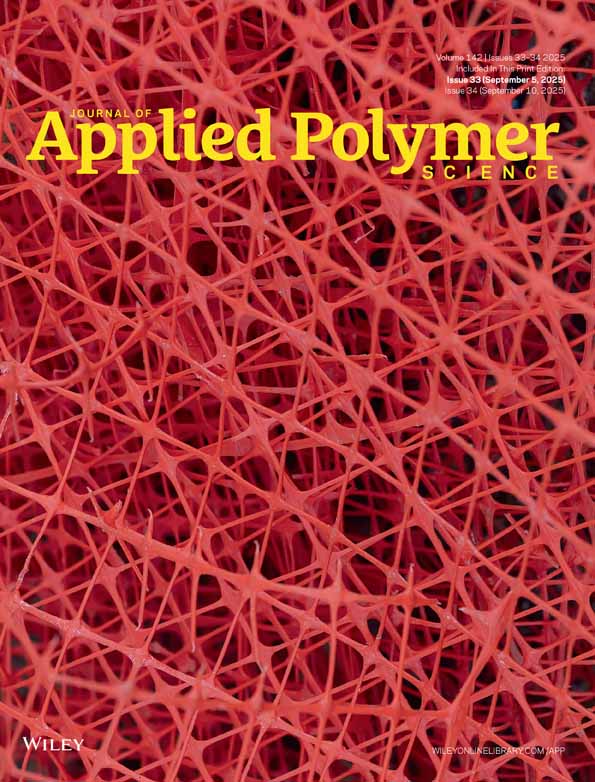Development of epoxy-matrix composite with both high-thermal conductivity and low-dielectric constant via hybrid filler systems
Abstract
Materials used for printed circuit boards (PCBs) need to have more multifunctional properties, such as excellent thermal, electrical, and mechanical properties at the same time. Up to now, a sole polymer or single filler-filled polymer composites is hard to satisfy the demand for more multifunctional properties, especially to obtain high-thermal conductivity and low-dielectric constant (Dk) simultaneously. In this study, two hybrid filler systems [i.e., hollow glass microsphere (HGM) and aluminum nitride (AlN), HGM, and boron nitride (BN)] were filled into epoxy matrix in an attempt to reach a composite with high-thermal conductivity and low Dk at the same time. By varying the size, shape, and volume fraction of hybrid fillers, a new kind of epoxy-matrix composite both with high-thermal conductivity and low Dk as well as high-glass transition temperature (Tg) and low coefficient of thermal expansion (CTE) and dielectric loss factor (Df) were developed as candidate for future PCB markets. In addition, multiphase models describing the thermal conductivity and Dk were developed, and suitable models were recommended for present materials system. © 2009 Wiley Periodicals, Inc. J Appl Polym Sci, 2010




